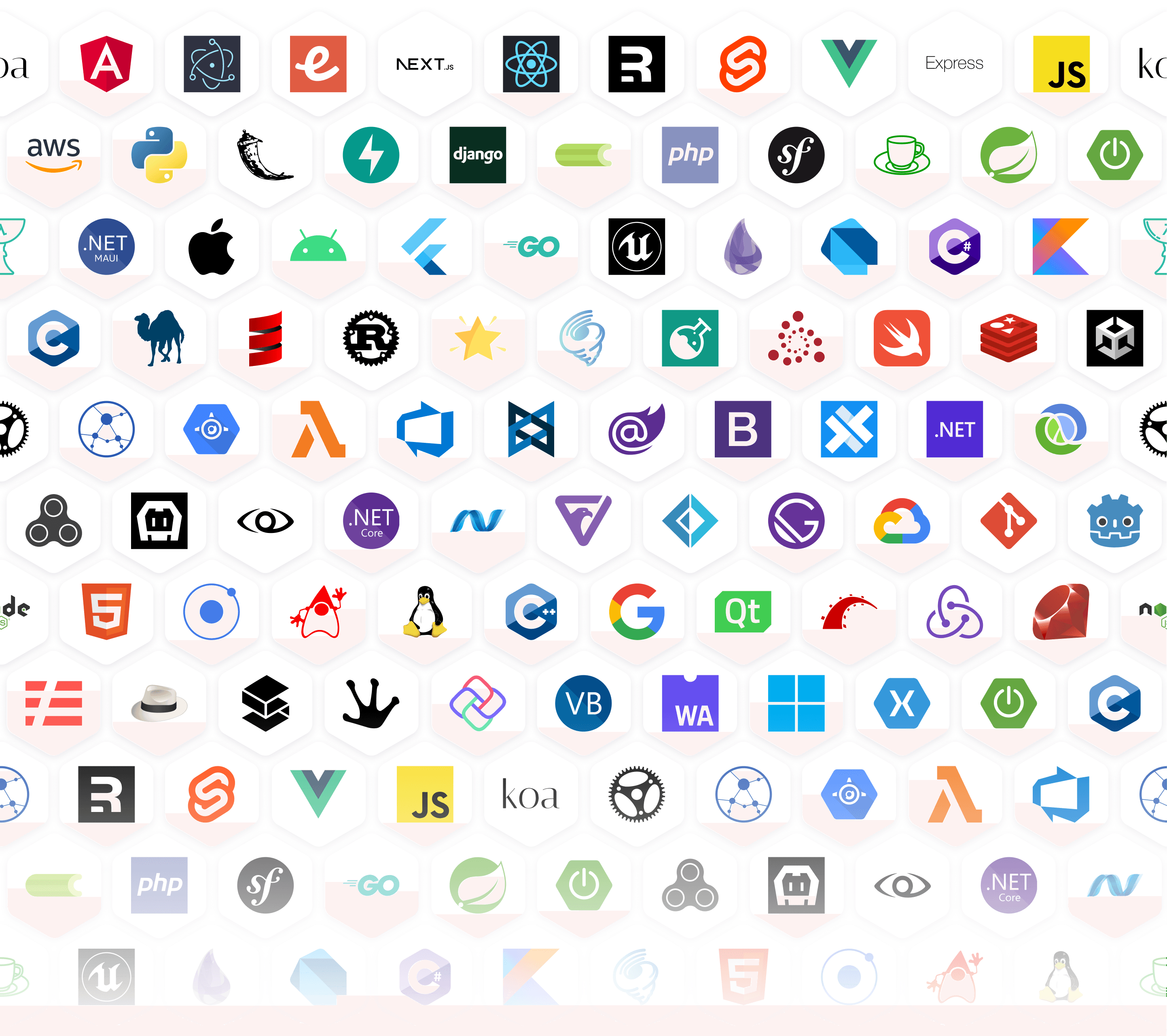Logs are most useful when they’re connected to what you're debugging — issues, traces, and the code itself. Sentry brings logs into the same view as errors and performance, so you can see what happened and why, without switching tools or losing context.
Logs connected to your issues
See the logs behind a failed cron job, dropped webhook, or bad deploy—right from the issue.
View logs alongside stack traces, releases, and traces—like seeing job_type:"refresh_tokens" right next to the exception
Understand what happened before and after an error—like the status:500 response from a third-party API that preceded a crash
Trace-connected logs for faster debugging
Sentry connects structured logs to traces, so you can spot retry loops, fallback logic, or silent failures that don’t throw exceptions.
View logs inline with spans—like seeing retry=true or response_time:3000 right where the delay occurred
Understand slowness across services by following logs tied to span_id, trace_id, or custom fields
Structured logging that makes search easy
Structured logs in Sentry make it easy to search by real metadata—not just raw strings.
Attach properties like customer_id or payment_id to your log messages
Filter and search logs with queries like customer_id:"cus_123" or payment_id:"pay_456" to zero in on specific issues
Group logs by fields like payment_id to surface repeat failures tied to the same transaction
Trigger alerts based on structured values—like a spike in errors for a single customer
From log to root cause
Livestream logs
See new logs as they arrive.
Log-Based Alerts
Get notified on patterns or anomalies
Log Dashboards
Visualize key trends and fields
Structured logs
Sentry’s structured logging lets you pass variables directly in string templates—we’ll extract both the template and its values so you can filter, group, and debug with real context, not just raw strings.
Log aggregation
A 500 error appears in Sentry. With log aggregation, you can view related logs—like timeouts or bad inputs—alongside the error to quickly find the cause.






Getting started with Sentry is simple
We support every technology (except the ones we don't).
Get started with just a few lines of code.
sentry_sdk.init( dsn="https://0cc5731bdda0c5987a6e7f04019a2e72@o4508482493284432.ingest.de.sentry.io/4508482513338453", enable_logs=True, )
That's it. Check out our documentation to ensure you have the latest instructions.
Logging FAQs
Of course we have more content
Get monthly product updates from Sentry
Sign up for our newsletter.
Sign up for our newsletter.
And yes, it really is monthly. Ok, maybe the occasional twice a month, but for sure not like one of those daily ones that you just tune out after a while.
Fix It
Get started with the only application monitoring platform that empowers developers to fix application problems without compromising on velocity.



